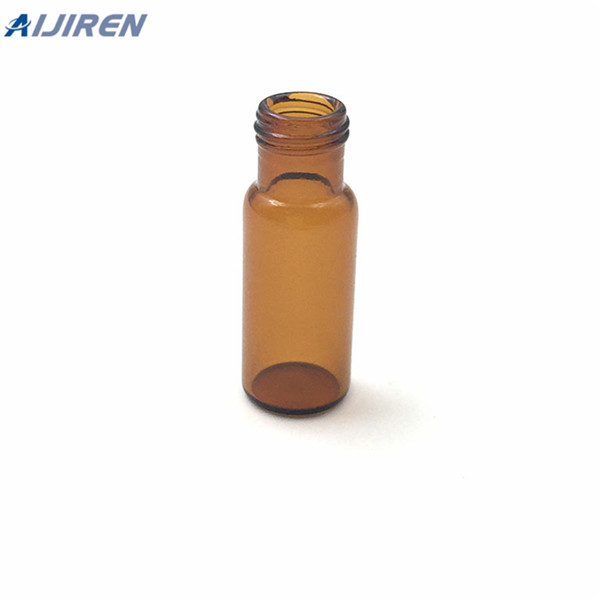
1. ND9mm Screw Thread Autosampler Clear Lab Vials are made of clear Type 1, Class A Borosilicate Glass with a writable label for sample identification. 2. 2ml HPLC Vials with Unique Thread Design Ensures Consistent Seal and Can Be Reused, Not Volatile, Easy to Use
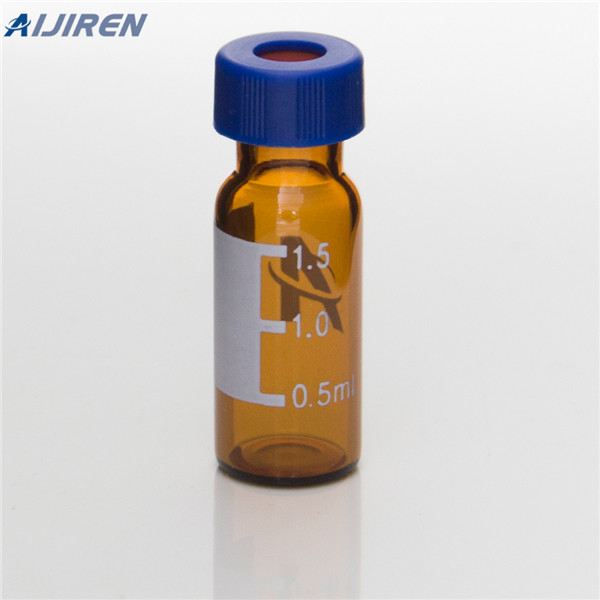
Amber borosilicate glass vials come with a standard 0.125 in. thick, I-CHEM blue, PTFE/silicone septa in an open-top 24-414 polypropylene cap. The I-CHEM molded-in septa retainer ring holds the septa securely in place without bonding to the cap, so septa can be removed and replaced as needed.
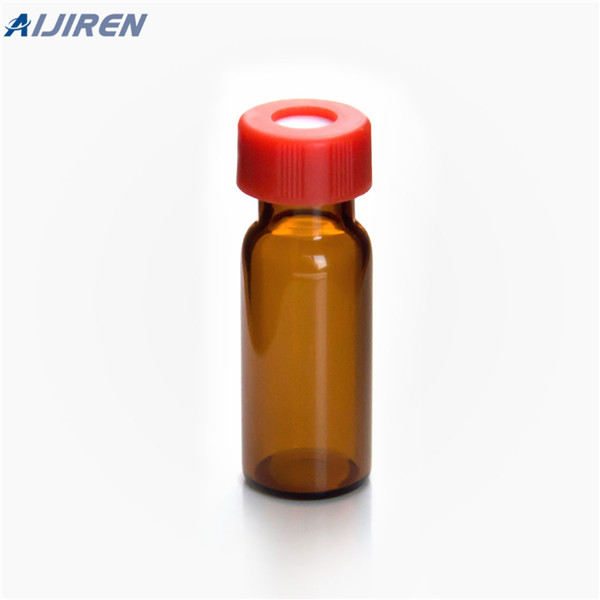
Autosampler Vials and Vial Sets Thermo Scientific™ 20 mm Headspace Glass Vials Headspace vials are available in clear or amber glass with a round or flat base, a crimp seal with a beveled or square edge finish, or with a screw-thread finish.
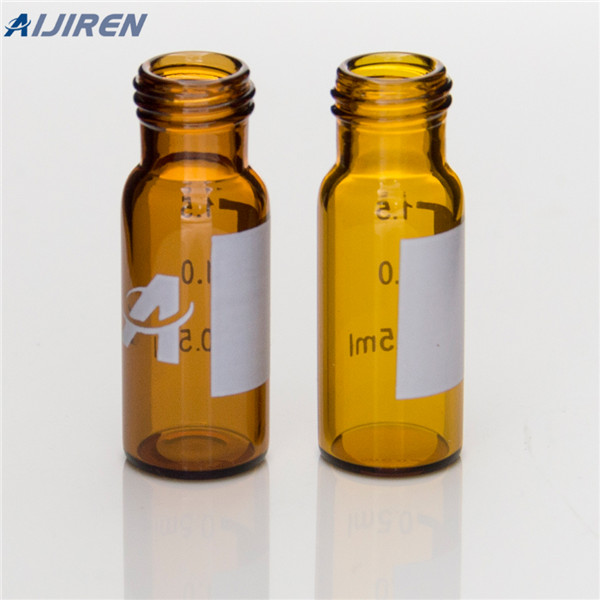
Membrane Solutions 100 Pcs Autosampler Vials 2ml HPLC Vials 9-425 Vial Amber Glass Bottles with Write-on Spot and Graduations and 9mm Blue ABS Screw Caps & Pre-Slit Septa 4.8 out of 5 stars 30 $20.59 $ 20 . 59 ($2.06/10 Items)

USP Type 1, Class B, 51 Borosilicate Glass which is composed of silicone and oxygen, trace amounts of boron, sodium and other element is more alkaline than Class A glass but still adequate for laboratory use. All amber borosilicate glass is made of Class B unless otherwise specified and has an expansion coefficient of 51.
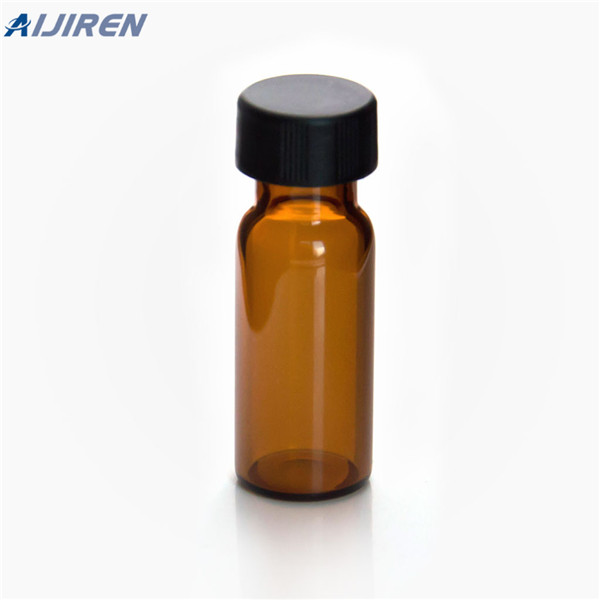
General-purpose sample vials are used for collection, storage, and transportation procedures. With a range of the material manufacturing and capacity options, users may tailor based on content and process requirements. Nonsterile or sterile vials are available in amber, white, or clear transparencies for effortless viewing.

Amber glass vials Made from Type 1 Class B Borosilicate glass of ASTM E438 This mixture is more alkaline than Class A glass, but is adequate for many uses in the laboratory All amber borosilicate glass is made of Class B unless otherwise specified Has an expansion coefficient of 51x10 -7°C Caps for vials
.jpg)
1.Vial is made of 5.0 neutral Borosilicate Glass, with Graduations and writing Patch for sample identification. Amber vials can protect light-sensitive samples. 2.9mm Blue ABS screw cap, unique thread design, and can be reused, easy to use. White PTFE/red silicone septa can ensure consistent and better sealing performance.
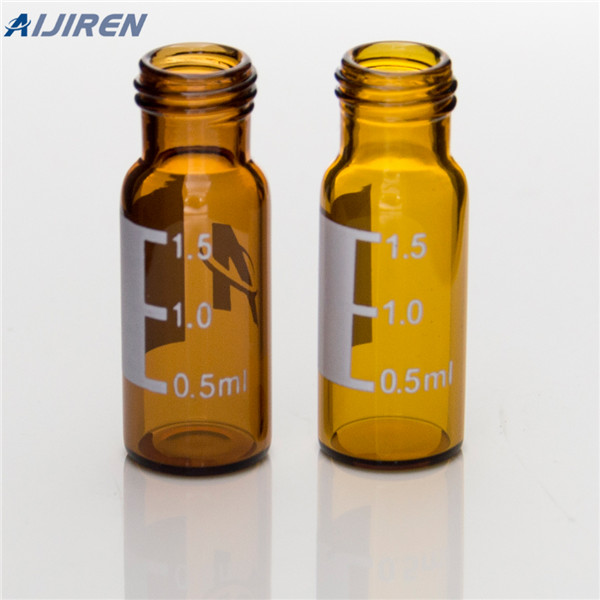
borosilicate glass vials manufacturer/supplier, China borosilicate glass vials manufacturer & factory list, find qualified Chinese borosilicate glass vials manufacturers, suppliers, factories, exporters & wholesalers quickly on Made-in-China.com.

Glass and Plastic Vials Individuals that have never stepped foot in a laboratory can imagine what it’s like in a lab. Those individuals probably imagine work stations with test tubes and glass vials.
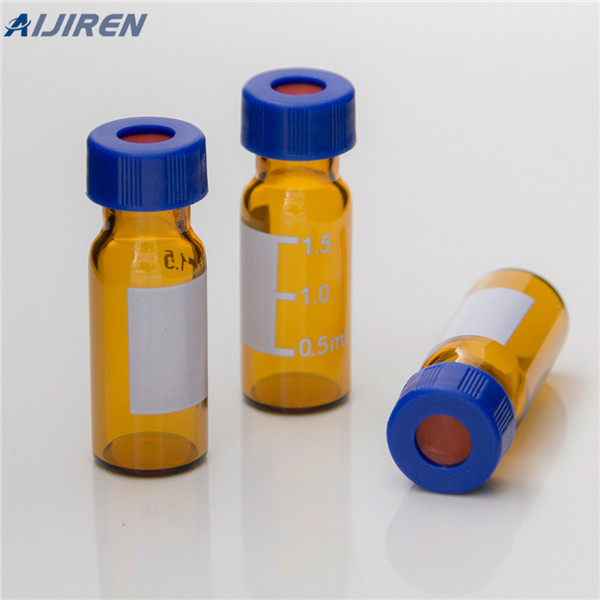
Waters, etc. ˜ Clear glass vials are made from USP Type I, Class A, 33 Borosilicate Expansion glass. ˜ Amber glass vials are made from USP Type 1 Class B, 51 Borosilicate Glass. Features Part No Description Pcs/Pack SV09CNAG 2ml Clear vial, Screw Top 9-425, Aijiren Style 100

These 6 mL disposable glass sample vials are economical when used as liquid scintillation vials. They are manufactured from Wheaton 180 low potassium borosilicate glass that conforms to ASTM Type I, Class A requirements. Vials are packed in individual cells in trays of 200. Vials in trays are

DWK Life Sciences Wheaton™ Clear Glass Sample Vials in Lab File with Caps Attached Attached caps help maintain cleanliness. Wheaton™ Clear Glass Sample Vials in Lab File With Caps Attached come in partitioned trays to provide an easy way to store empty vials or to inventory samples.

Waters also offers a selection of glass sample vials and plastic sample vials that fit most manufacturers’ instruments. Two of the most popular uses are as HPLC vials and GC vials. These chromatography vials can be used as sample storage vials by adding a solid caps with liner.
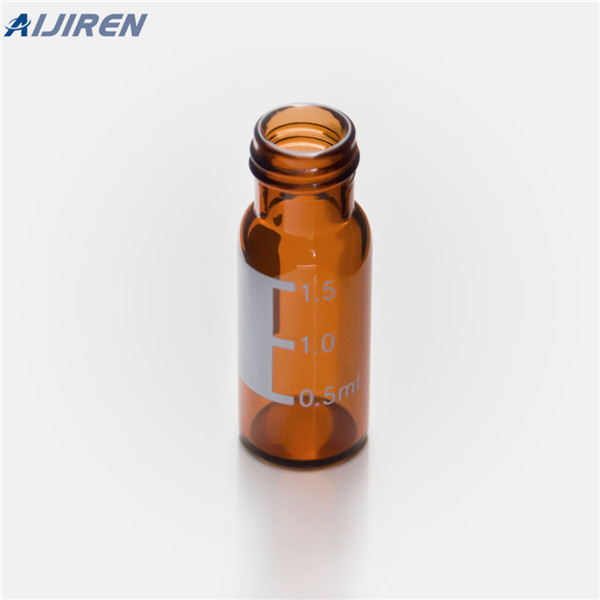
Certified Low Adsorption (LA) Vials and Kits for LC/MS Supelco′s new Low Adsorption (LA) vials are manufactured using a process that decreases the number of hydroxyl groups on the vial′s glass surface, significantly reducing surface activity while improving analytical quantitation and minimizing pH shifts in the sample.